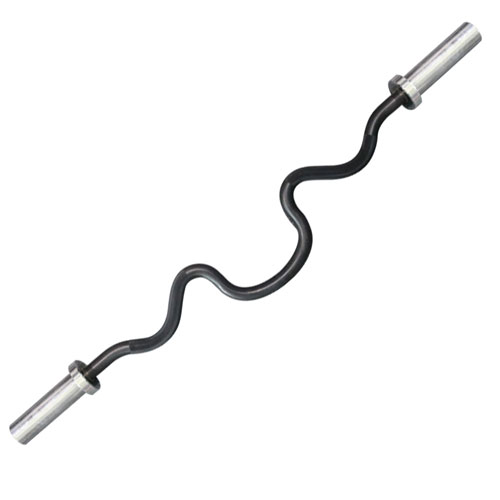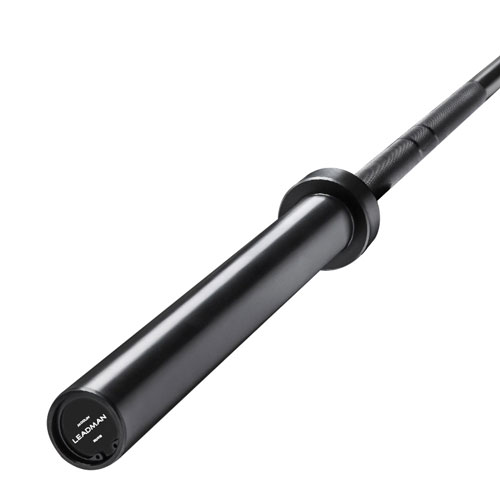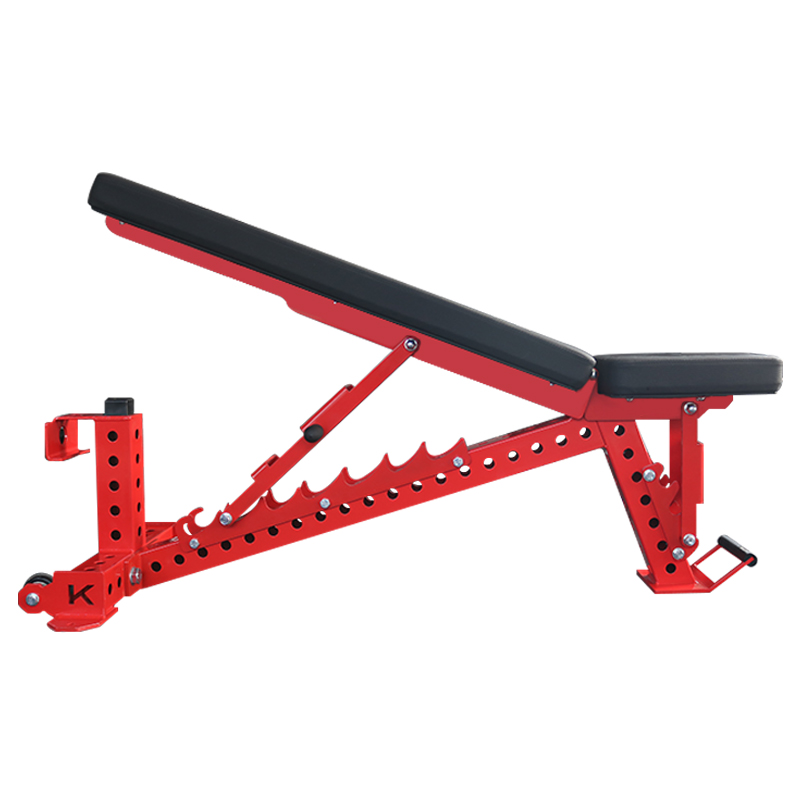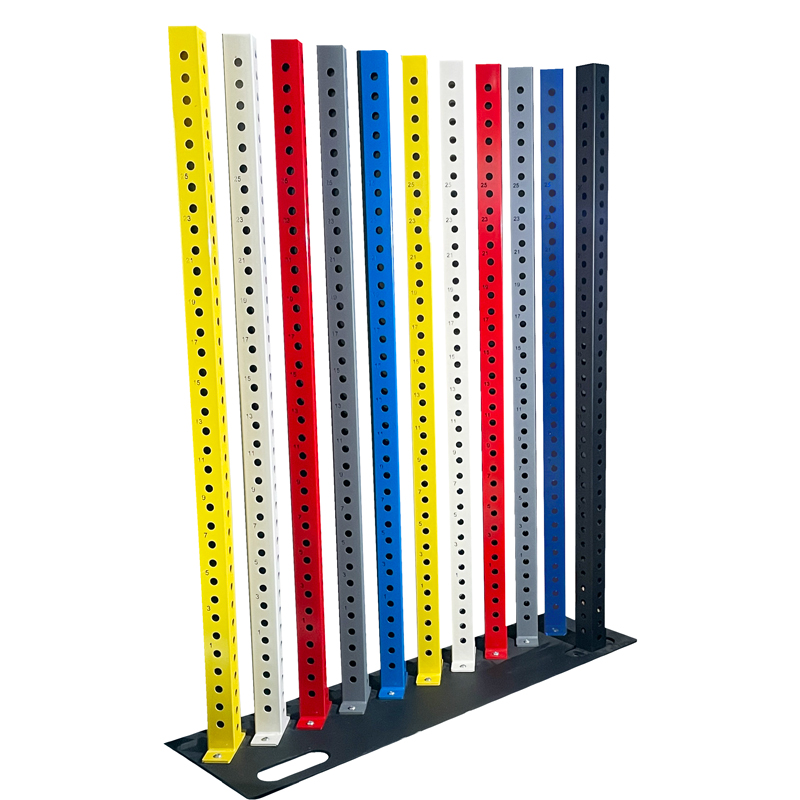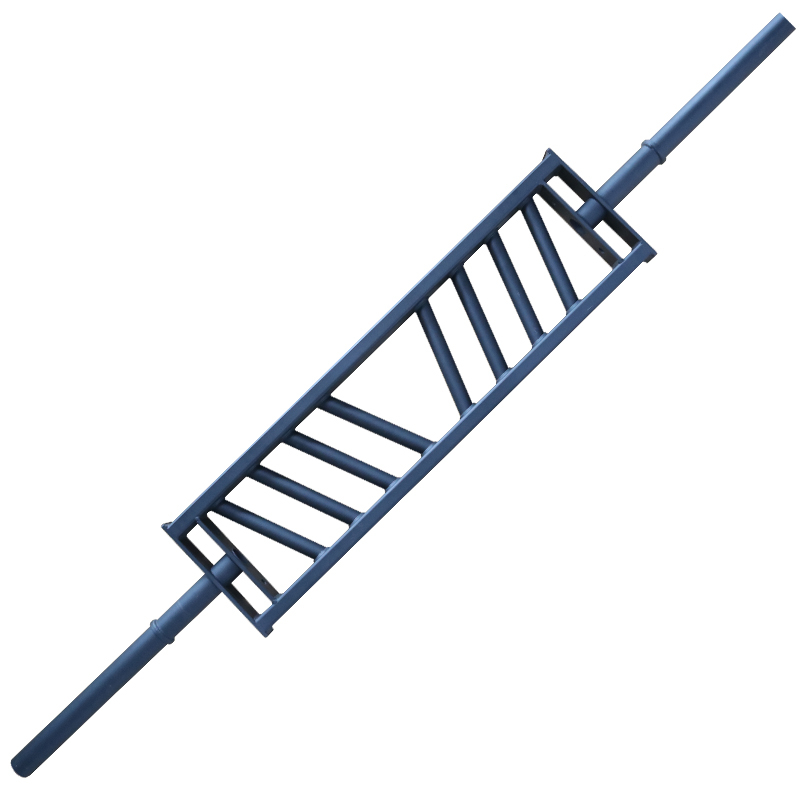Bench Press Strategies for Explosive Strength
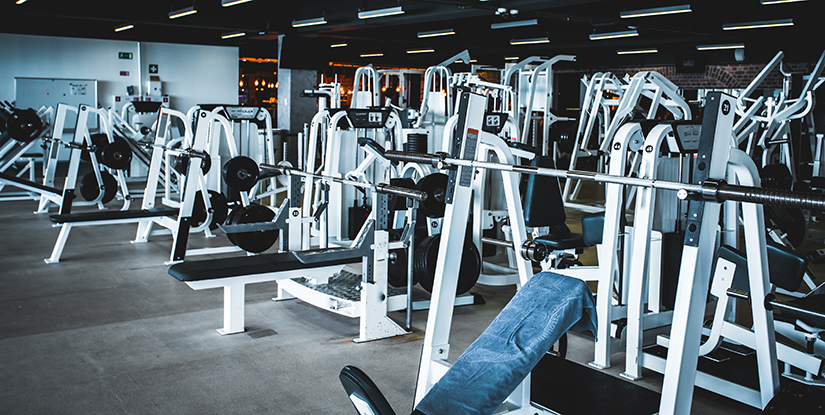
The bench press, an iconic exercise in the annals of strength training, reigns supreme as the ultimate upper body builder. Its ability to simultaneously engage multiple muscle groups, stimulate hypertrophy, and enhance overall strength has made it a cornerstone of countless fitness regimens. Whether your goal is to bulk up, improve athletic performance, or simply enhance your physique, mastering the chest press is an invaluable asset in your fitness arsenal.
Grip Width and Elbow Position
The width of your grip and the position of your elbows play a crucial role in determining the muscles targeted during the chest press.
1. Grip Width
- Narrow Grip (Hands inside shoulder-width): Focuses primarily on the triceps and provides a shorter range of motion. Suitable for individuals with limited shoulder mobility or looking to isolate the triceps.
- Medium Grip (Hands slightly outside shoulder-width): Provides a balance between triceps and chest activation, while allowing for a slightly longer range of motion. Ideal for most lifters seeking overall upper body development.
- Wide Grip (Hands significantly outside shoulder-width): Targets the outer chest and shoulders more than other grip widths. Requires greater shoulder mobility and may be less comfortable for some individuals.
2. Elbow Position
- Elbows Flared (Elbows pointed outward): Emphasizes the chest muscles more than the triceps, due to increased activation of the pectoralis major.
- Elbows Tucked (Elbows pointed inward): Shifts the focus to the triceps, as the pectoralis major is less involved in this position.
Bar Path and Speed
The path of the barbell during the bench press and the speed at which it is moved can significantly impact the effectiveness of the exercise.
1. Bar Path
- J-Curve Path: Involves lowering the bar to the lower chest and then pressing it upwards in a curved motion, emphasizing the stretch on the chest muscles.
- Straight Path: Lowering the bar directly to the middle of the chest and pressing it back up in a vertical line, providing a more balanced stimulation of both the chest and triceps.
2. Speed
- Slow and Controlled Reps: Emphasizes time under tension and muscle fiber recruitment, leading to greater muscle damage and hypertrophy.
- Explosive Reps: Focuses on developing power and speed, with faster eccentric and concentric phases. Suitable for intermediate and advanced lifters.
Scapula Stability and Arch
Proper scapula stability and arch maintenance are essential for optimal chest press performance and injury prevention.
1. Scapula Stability
- Retract and Depress Shoulder Blades: This stabilizes the shoulder joint, prevents excessive shoulder rotation, and ensures proper muscle engagement.
- Avoid Winging Shoulder Blades: This can lead to instability and increased risk of injury.
2. Arch
- Create a Moderate Arch in the Lower Back: This provides lumbar support, reduces shear forces on the spine, and facilitates better chest expansion.
- Avoid Excessive Arching: This can compromise spinal stability and increase the risk of injury.
Leg Drive and Core Engagement
The legs and core play a vital role in providing stability and power during the flat bench press.
1. Leg Drive
- Drive Your Feet Firmly into the Ground: This generates force that is transferred through the body and assists with lifting the weight.
- Keep Knees Stacked Over Ankles: This helps maintain stability and prevents knee injuries.
2. Core Engagement
- Engage Your Abs and Obliques: This creates a rigid base, protects the lower back, and enhances power transfer.
- Avoid Excessive Hollowing or Arching of the Back: This can weaken the core and increase the risk of injury.
Breathing and Tension
Proper breathing and maintaining tension throughout the exercise are key to maximizing the benefits of the bench press.
1. Breathing
- Inhale on the Eccentric Phase (Lowering the Bar): This allows for greater chest expansion and oxygen intake.
- Exhale on the Concentric Phase (Pressing the Bar): This provides support to the core and facilitates more powerful pressing.
2. Tension
- Maintain Tension Throughout the Movement: This helps prevent excessive muscle relaxation and ensures continuous muscle activation.
- Avoid Locking Out Elbows Completely: This can relax the muscles and reduce tension, limiting potential gains.
Common Mistakes and Troubleshooting
Identifying and correcting common mistakes can significantly enhance your bench press technique and reduce the risk of injury.
1. Incorrect Grip Width or Elbow Position
Fix: Choose a grip width and elbow position appropriate for your goals and flexibility.
2. Improper Bar Path
Fix: Practice maintaining a controlled and consistent bar path throughout the movement.
3. Lack of Scapula Stability
Fix: Focus on retracting and depressing your shoulder blades, keeping them stable throughout the exercise.
4. Insufficient Leg Drive
Fix: Drive your feet firmly into the ground to generate power and stability.
5. Poor Core Engagement
Fix: Engage your abs and obliques to create a strong base and support the movement.
6. Incorrect Breathing
Fix: Inhale on the eccentric phase and exhale on the concentric phase to maximize oxygen intake and power.
Programming for Strength and Hypertrophy
Tailoring your chest press program to specific goals, whether strength or hypertrophy, is essential for optimal results.
| Goal | Sets | Repetitions | Rest | Focus |
|---|---|---|---|---|
| Strength | 3-5 | 1-5 | 3-5 minutes | Heavy weights, strict form |
| Hypertrophy | 8-12 | 8-12 | 1-2 minutes | Moderate weights, time under tension |
Accessory Exercises for Bench Press
Incorporating accessory exercises into your routine can enhance your bench press performance by targeting specific muscle groups and improving overall strength and stability.
1. Incline Dumbbell Press
Focuses on the upper chest and shoulders, supplementing the flat bench press's emphasis on the mid-chest.
2. Decline Dumbbell Press
Targets the lower chest, providing a unique vector of resistance.
3. Triceps Extensions
Isolates the triceps, strengthening them for improved chest press lockout.
4. Chest Flyes
Develops the pectorals, enhancing stability and overall chest strength.
5. Shoulder Press
Strengthens the shoulders, improving stability and power generation during the flat bench press.
Advanced Techniques for Intermediate and Advanced Lifters
For intermediate and advanced lifters looking to push their bench press performance to new heights, advanced techniques can be employed.
1. Paused Reps
Hold the bar at specific points during the movement, emphasizing time under tension and muscular endurance.
2. Drop Sets
Reduce the weight incrementally within a single set, increasing volume and metabolic stress.
3. Forced Reps
With the assistance of a spotter, perform additional repetitions beyond muscular failure, maximizing muscle recruitment.
Conclusion
The chest press, a cornerstone of strength training, remains the ultimate upper body builder. Through meticulous attention to grip width, elbow position, bar path, scapula stability, leg drive, core engagement, breathing, and proper programming, you can unlock its full potential. By incorporating accessory exercises and advanced techniques, intermediate and advanced lifters can elevate their performance to new levels. Embracing the knowledge and guidance provided in this comprehensive guide will equip you with the tools to unleash your flat bench press potential and achieve the physique of your dreams.
FAQ about Bench Press
1. What is the best grip width for bench press?
The best grip width depends on your goals and shoulder mobility. A medium grip (slightly outside shoulder-width) is ideal for most lifters, while a narrow grip targets the triceps and a wide grip emphasizes the chest and shoulders.
2. How do I prevent shoulder pain during bench press?
Ensure proper scapula stability by retracting and depressing your shoulder blades. Avoid flaring your elbows excessively and maintain a moderate arch in your lower back to reduce strain on the shoulders.
3. How often should I bench press?
For strength, chest press 2-3 times per week with heavy weights and low repetitions. For hypertrophy, bench press 3-4 times per week with moderate weights and higher repetitions.

